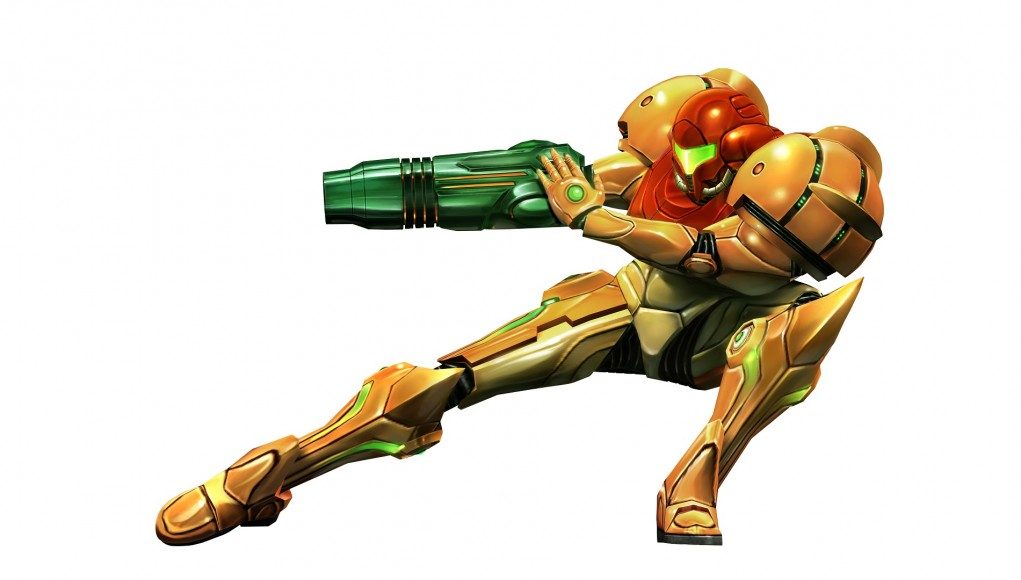Ever wanted to play old gaming classics in virtual reality? Well, DolphinVR is an emulator with enhanced support for the Oculus Rift headset that lets you do just that. Here’s how to get it working.
Back in the dim, distant past, in the days of dial-up internet access and 28Kbps modems, I discovered the wonderful underground world of emulation: the art of running classic games and applications from old systems on your up to date PC. Having been smitten with gaming since the ’80s, I was instantly hooked on reliving my gaming glory days, watching in awe as classics such as Mario Bros. (1991), Sonic the Hedgehog (1991), Elite (1984) and many, many others ran on my PC’s monitor.
Since then of course, emulation has long since left the shady nooks of the web. Retrogaming is now a huge subculture, with emulators for just about every computing device that ever was. Within minutes, you can have your favourite titles up and running in full speed, often with enhanced visuals.
Dolphin is an emulator that runs Wii and Gamecube games and has been in development for some time now. DolphinVR is branch of that emulator which adds options designed to create an experience comfortable in VR—plus it adds game specific hacks to enable free-look / decoupled look and aim, and more. The above video is an example of a title running at full speed, with VR enhancements such as free-look engaged. It’s impressive stuff.
How to Configure DolphinVR
This being emulation, there’s a little bit of work needed before you can fire up your favourite games in VR. The video above, produced by one of DolphinVR‘s developers ‘penkamaster’, walks you through the process, albeit not in English. We’ve included written instructions below to accompany the video for English language users.
What You’ll Need Before you Begin
- A gamepad (either a Gamecube compatible gamepad or an alternative such as an Xbox 360 controller)
- A Wii or Gamecube ISO. These are images of original games, usually obtained via the web or by ‘ripping’ your own copies via other methods. The ISO does need to be compatible with DolphinVR—this will affect whether game specific hacks and enhancements (in particular for games like Metroid Prime: Echoes) will work well in VR. Generally grabbing the ‘PAL’ version should be the best bet. Please however ensure you own an original copy of the game, downloading ISOs when you’ve not purchased a title is classed as piracy. For these reasons, we won’t be linking to any sites that carry these ISOs.
- An Oculus Rift DK2
- A gaming PC. This is deliberately vague, specs required will vary depending on options selected and the game you’re trying to play.
Downloading, Installing, Configuring and Running DolphinVR
- Download the latest stable version of DolphinVR from the dedicated thread over at Oculus’ forums. As of writing, the latest version is available here.
- Run the installer, selecting a suitable install path. Ensure that ‘Direct X Runtime’ is selected during completion of the install wizard.
- Once installed, run ‘Dolphin’ from your start menu. Once loaded, double-click on the message ‘Dolphin could not find any Gamecube/Wii ISOs …’ then browse to your game Wii or Gamecube ISO folder, then click ‘select folder’. Dolphin should now display any compatible ISOs found within that folder, ready for playing.
- Now click Config and on the General tab, click the Enable Cheats checkbox. Click OK to close the dialogue box and save these settings.
- Now click the Graphics option in Dolphin, under the General tab, select Direct3D from the Backend dropdown menu. Click the Enhancements tab and select 2x Native (1280×1056) from the Internal Resolution dropdown box. Then click the Hacks tab and check the RAM option from the EFB Copies section. Click Close to close the Graphics dialogue box and save these settings.
- Click the Controllers button from the main Dolphin screen and click Configure next to the Port 1 option (Standard Controller should be selected). Select Xinput/0/Gamepad from the Device dropdown menu. Map each button on your existing gamepad with the emulator’s virtual gamepad by click on each function and pressing the button required on your gamepad. You’ll also want to map the analogue stick axis on your gamepad to that of the virtual gamepad. If you’re using an Xbox 360 controller, I’d recommend using the left analogue stick for Main stick functions with the right analogue used for C-Stick. Once done, click OK then Close to take you back to the main Dolphin screen.
- *Note* check the deadzone of both your sticks using the diagrams below both ‘Main stick’ and ‘C-Stick’ sections. You may need to manually add offsets to ensure Dolphin has them both centered. Use the ‘Dead zone’ adjustment control to adjust this
- Click the VR button, then select the VR Hotkeys tab. Under the VR Camera Controls section, set a button on your keyboard or gamepad to Reset Camera. This is for resetting your in-game VR camera view for head position calibration.
- Now, ensure you set your Oculus Rift DK2 display mode to Extended.
That’s it! You’re ready to go. Simply fire up a game from within the Dolphin UI, put on your Oculus Rift and enjoy.
If you have any tips, tweaks or recommended settings you’d like to share, do so in the comments section below. Please do also let us know if you have any issues with the above walkthrough.
You can learn more about DolphinVR over at the official site, you can donate to the project here and up to date versions are usually posted in the Oculus Developer Forums here. Finally, for a more generic Dolphin emulator setup guide, Mushroomtomatoes have an excellent one here.







